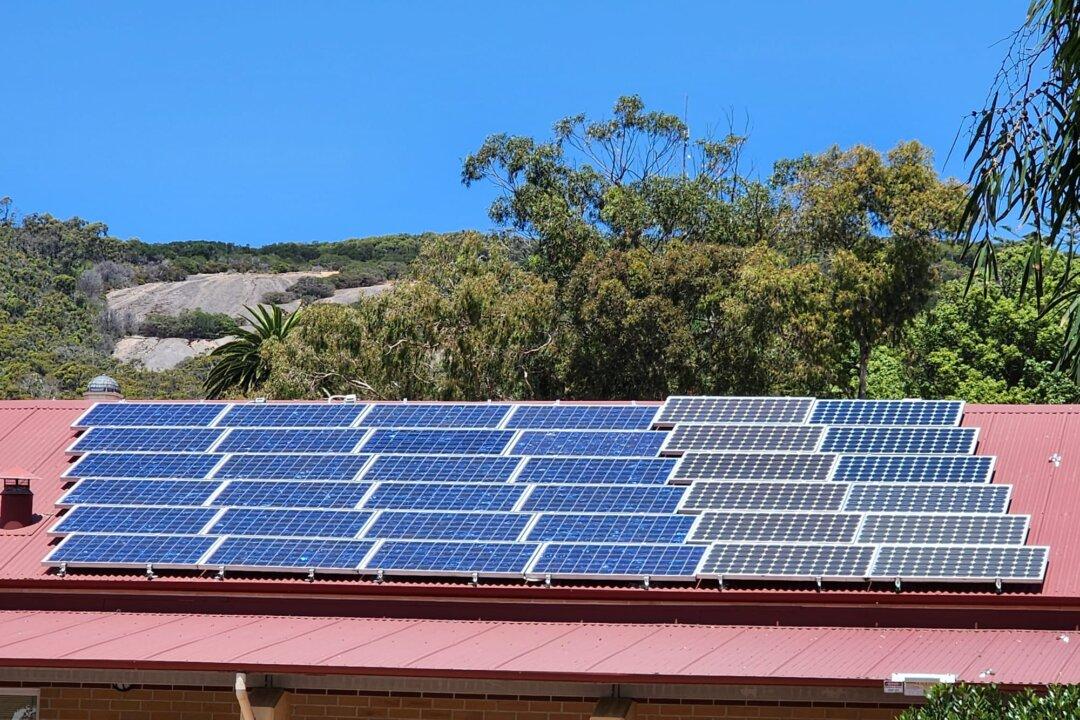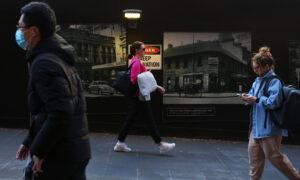Several green initiatives are set to receive funding following the handing down of the 2024 Australian budget.
Budget documents herald Australia’s future as a “renewable energy superpower,” with $65 million to be dedicated through the Capacity Investment Scheme by 2030.
Treasurer Jim Chalmers said of the push towards net zero by 2050 that it would require “the biggest transformation in the global economy since the industrial revolution.”
“Australian energy can power it,” he said in his Budget speech to Parliament on May 14. “Australian resources can build it. Australia’s regions can drive it. Australian researchers can shape it. And Australian workers can thrive in it.”
Mr. Chalmers said the $22.7 billion Future Made in Australia package would strengthen Australia’s role in the global economy, while noting the green transition would be a “golden” opportunity for the nation.
“This budget invests in our renewable energy superpower ambitions,” he said.
Some of those ambitions will include $13.7 billion in production tax incentives for green hydrogen and processed critical minerals, and $520 million to deepen net zero trade and engagement.
An investment of $27.7 million will integrate consumer energy resources like batteries and solar into the grid, while the government says the New Vehicle Efficiency Standard will save Australians around $95 billion at the bowser by 2050, and reduce transport emissions.
Australia is also set to commit to a 10-year extension of the Australian Renewable Energy Agency.
The government also handed down the $44.4 million Energy Industry Jobs Plan, and $134.2 million for skills and employment support in key regions.
The Future Made in Australia package establishes time‑limited incentives to invest in new industries.
The Hydrogen Production Tax Incentive will make Australia’s pipeline of hydrogen projects commercial sooner, at an estimated cost of $6.7 billion over the decade.
An expansion of the Hydrogen Headstart program will also be boosted by $1.3 billion.
The government is also making it easier for businesses and trading partners to source low‑emissions products by creating better standards for green products.
The Guarantee of Origin scheme, focused on renewable hydrogen, will be provided with $32.2 million in funding.
Australia’s plan for reaching net zero by 2050, according to budget documents, will focus on electricity and energy, transport, industry, resources, agriculture and land, and the built environment.
This budget continues investment in emissions abatement, including $63.8 million to support emissions reduction efforts in the agriculture and land sector.
The government will also invest $399 million to establish the Net Zero Authority, with an additional $48 million in reforms to the Australian Carbon Credit Unit scheme, and $20.7 million to improve community engagement.







